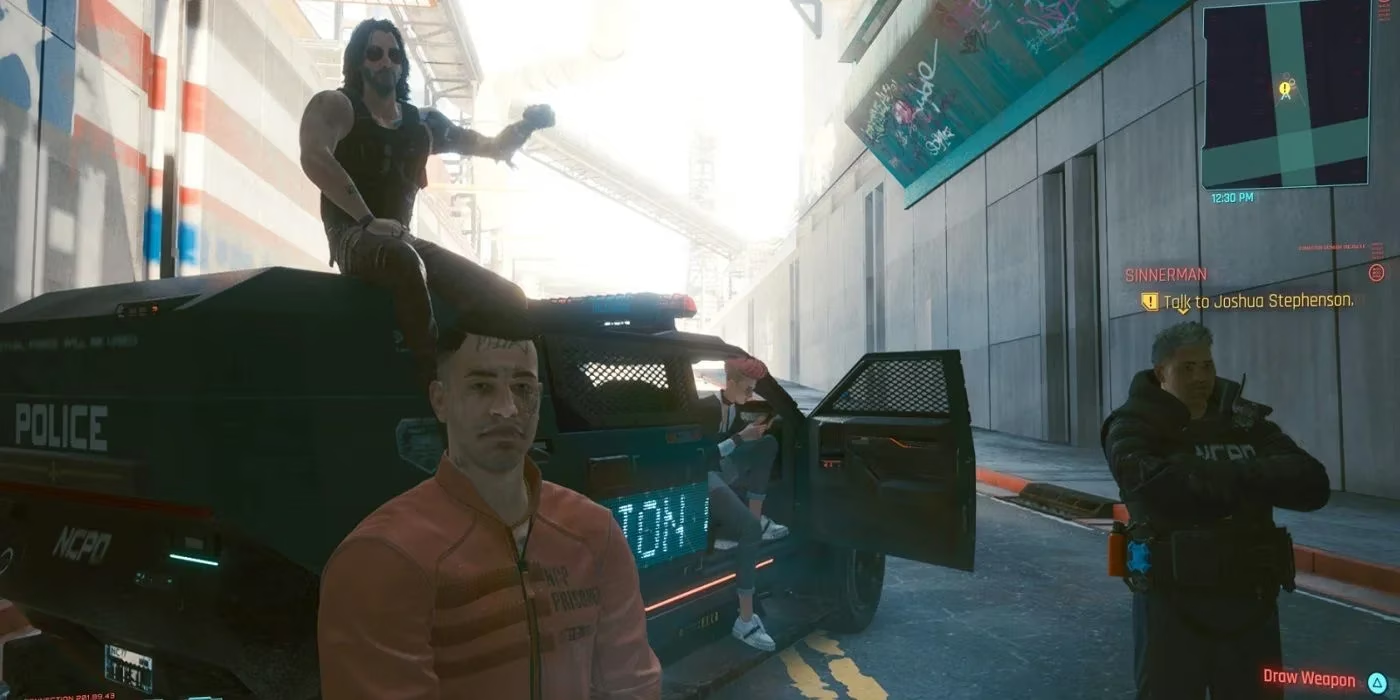🔥 Night City's neon-lit streets promised infinite choices, but nothing could prepare players for the soul-shattering moral abyss of Sinnerman! This wasn't just another gig—it was a psychological landmine disguised as a side quest, detonating conventions with biblical fury. 😱 What began as a straightforward revenge plot for a grieving husband mutated into helping cold-blooded killer Joshua Stephenson achieve messianic martyrdom through live televised crucifixion. The raw, unflinching brutality of that final cutscene left players gasping, controllers slipping from sweat-drenched palms as pixels screamed salvation through self-annihilation. Little did anyone suspect this digital descent into damnation would ignite holy wars within CDPR's own sacred halls!

Senior quest designer Philipp Weber dropped truth grenades in interviews, confessing Sinnerman's development sparked internal mutiny. Imagine the boardroom drama: programmers slamming keyboards, writers storming out during crucifixion animation reviews, ethical debates echoing through Warsaw offices like gunshots. "Not everyone at the studio was okay with this," Weber admitted, yet CDPR charged ahead like cybernetic gladiators. Why? Because true art demands blood sacrifice! 💀 The studio's manifesto crystallized in Weber's battle cry: "If you never have that discussion, you're probably not making art.
🌟 The sheer audacity! While lesser games cowered behind safe tropes, Sinnerman grabbed taboo themes with robotic fists:
-
Redemption through grotesque public suffering
-
Media's voyeuristic hunger for tragedy
-
Player complicity in manufactured martyrdom
-
Religious symbolism weaponized for ratings
Developers wrestled with philosophical demons daily. Was this profound commentary or exploitation? Would players vomit or weep? Yet Weber's team clung to their grenade pin, believing discomfort breeds brilliance. "We can afford to touch difficult subjects," he declared, transforming office tension into creative nitro. Remember The Bloody Baron? Child's play! Sinnerman didn't just cross lines—it nuked the boundary between gaming and psychological warfare.
Fast forward to 2025: Sinnerman's legacy pulses through the industry like rogue AI. New studios now court controversy like groupies, chasing that addictive blend of outrage and acclaim. CDPR's gamble birthed a generation of narrative kamikazes—games that deliberately court discomfort, shatter taboos, and transform controllers into moral compasses. One visionary's prediction? By 2030, we'll see mainstream VR martyrdom simulators where players nail themselves to digital crosses for subscriber points. 📈 The ultimate fusion of tech and theology!
Sinnerman proved that great art isn't a polished gem—it's a jagged shard of broken mirror forcing us to confront ugly reflections. CDPR's courage echoes through every studio daring to ask: "Are we ready to make players question their soul?" The answer, etched in Joshua's pixelated blood: Always.